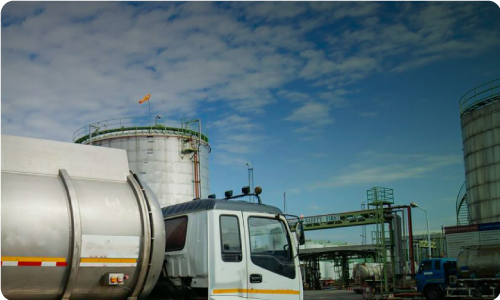Waste Lubricating Oils (WLOs) are temporarily stored at their Production Points (Workshops-Gas Stations, Industries, Port Organizations, etc.) in appropriate tanks and are not mixed with other waste. The owners of the waste are obliged to deliver it to collectors who have a license to collect and transport Waste Lubricating Oils, and a cooperation agreement with the ENDIALE alternative management system. Collectors, for their part, have the obligation to issue a Waste Lubricating Oil Identification Form for each receipt of waste, which they deliver to the Point from where they received the waste. The Waste Lubricating Oils, after collection from the Production Points, are taken by the Collectors to one of the ENDIALE Collection Centers where a qualitative-quantitative check is carried out and the details of the Identification Forms accompanying the waste are recorded.
Through the identification forms, it is possible to track the progress of the waste from the point of production to its final management in Waste Lubricating Oil Regeneration units. In the ENDIALE Collection centers, in addition to the aforementioned, the collectors are provided with the possibility of temporary storage of the waste at no cost, before being taken by the Collectors to one of the regeneration units cooperating with ENDIALE. The final management of WLO is carried out in ENDIALE contracted Waste Lubricant Oil Regeneration units, where the waste is subjected to treatment from which a base oil is produced, which is used for the production of new oil products.








